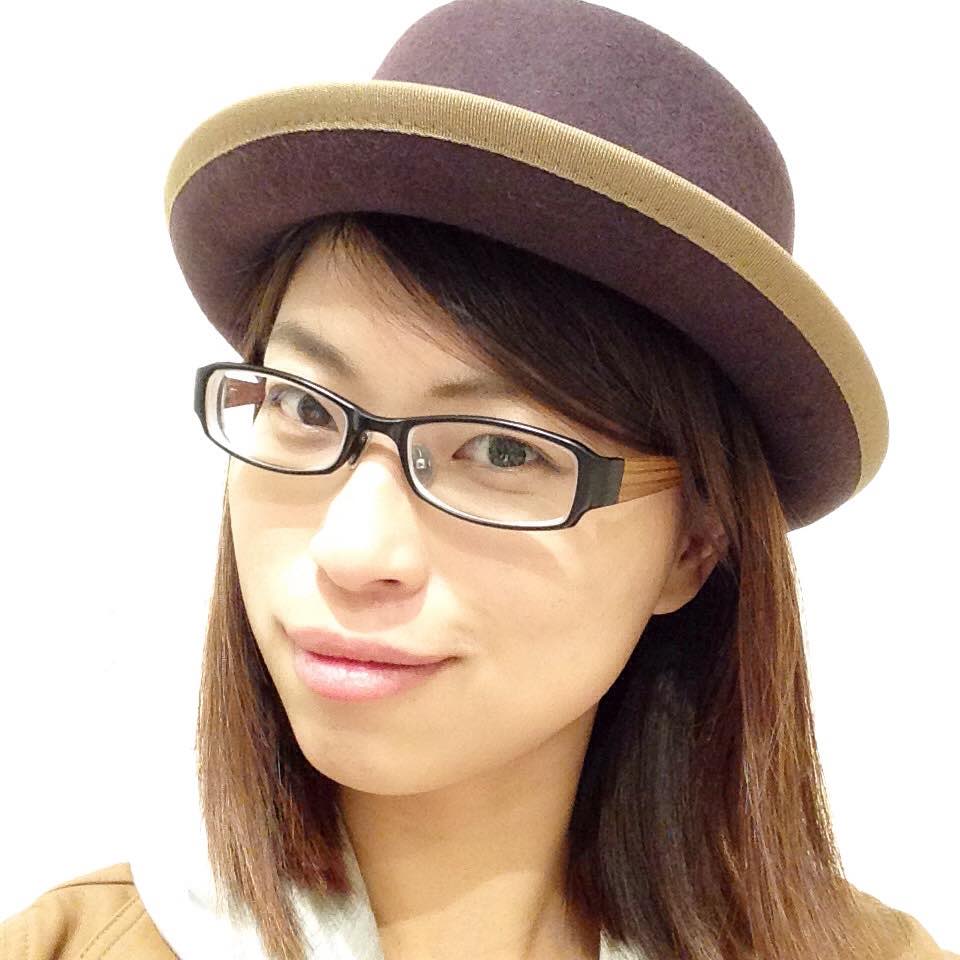Program Information
Absorbed Dose Measurement Using Radiophotoluminescent Glass Dosimeter in Therapeutic Proton Beam
W Chang1,2*, Y Koba2 , T Katayose1, 2, 3 , M Hariu1, K Yasui4 , H Saitoh1 , (1) Tokyo Metropolitan University, Tokyo, Tokyo, (2) National Institute of Radiological Sciences, Chiba, Chiba, (3) Chiba Cancer Center, Chuo-ku, Chiba, (4) Nagoya Proton Therapy Center, Nagoya City West Medical, Kita-ku, Nagoya
Presentations
SU-F-T-175 (Sunday, July 31, 2016) 3:00 PM - 6:00 PM Room: Exhibit Hall
Purpose:
To measure the absorbed dose to water Dw in therapeutic proton beam with radiophotoluminescent glass dosimeter (RGD), a methodology was proposed. In this methodology, the correction factor for the LET dependence of radiophotoluminescent (RPL) efficiency and the variation of mass stopping power ratio of water to RGD (SPRw, RGD) were adopted. The feasibility of proposed method was evaluated in this report.
Methods:
The calibration coefficient in terms of Dw for RGDs (GD-302M, Asahi Techno Glass) was obtained using 60Co beam. The SPRw, RGD was calculated by Monte Carlo simulation toolkit Geant4. The LET dependence of RPL efficiency was investigated experimentally by using a 70 MeV proton beam at National Institute of Radiological Sciences. For clinical usage, the residual range Rres was used as a quality index to determine the correction factor for RPL efficiency. The proposed method was evaluated by measuring Dw at difference depth in the 200 MeV proton beam.
Results:
For both modulated and non-modulated proton beam, the SPRw, RGD increases more than 3 % where Rres are less than 1 cm. RPL efficiency decreases with increasing LET and it reaches 0.6 at LET of 10 keV μm⁻¹. Dw measured by RGD (Dw, RGD) shows good agreement with that measured by ionization chamber (Dw, IC) and the relative difference between Dw, RGD and Dw, IC are within 3 % where Rres is larger than 1 cm.
Conclusion:
In this work, a methodology for using RGD in proton dosimetry was proposed and the SPRw, RGD and the LET dependence of RPL efficiency in therapeutic proton beam was investigated. The results revealed that the proposed method is useful for RGD in the dosimetry of proton beams.
Contact Email:

